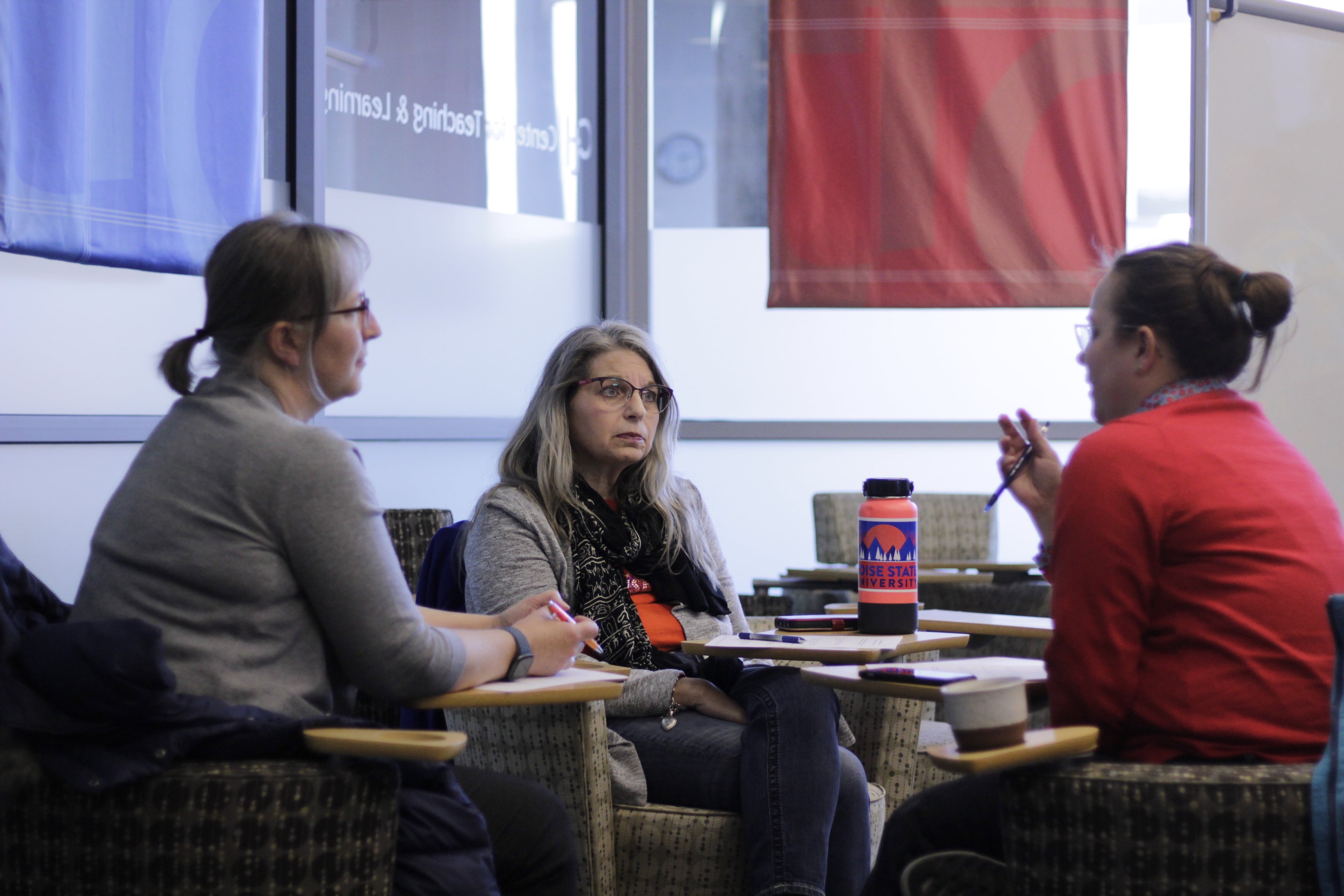
Hi, colleagues. Below, I share highlights from a 2019 study about how students “feel” during learning.
—Nancy
Nugget
Students may think that the discomfort and struggle of hard thinking is actually not learning, so they perceive active learning as inferior because the “feeling of learning” isn’t positive.
What they did
One class was taught via “active instruction (following best practices in the discipline)” and another via “passive instruction (lectures by experienced and highly rated instructors).” They measured students’ “feeling of learning” and actual learning, using a variety of measured listed in the article.
What they found
“students in the active classroom learn more, but they feel like they learn less.”
Why
The researchers aren’t sure, but they suspect it’s because “novice students are poor at judging their actual learning and thus rely on inaccurate metacognitive cues such as fluency of instruction [i.e., clarity of explanations, organization of presentation, and smooth flow of instruction] when they attempt to assess their own learning.”
The takeaway
The lesson isn’t to stop using active learning in the class but instead to correct students’ misconceptions about active learning. Here are some options from the study:
- A second part of this study involved an early intervention in the active learning course: the professor offered a brief presentation on active learning and its effectiveness, along with the mentioned findings about students’ misperceptions about active learning and struggle as “poor learning.” Student attitudes toward active learning improved.
- The researchers also recommend assessing students’ learning early in the semester, so students know if they’re actually learning…or not—rather than relying on their own potentially flawed sense of what they know. For the same reason, the researchers recommend giving small formative assessments like the minute paper or muddiest point throughout the course. Again, the idea is to improve their metacognition and self-regulation, or their abilities to accurately identify what they know and don’t know, and then what to do about it.
- They also recommend “adopt[ing] research-based explanation and facilitation strategies” (they point to this article Strategies to mitigate student resistance to active learning for examples) and “encourage[ing] students to work hard” while reminding them that struggle is “increased cognitive effort” (aka, learning).
Why we should care
I see at least 3 specific reasons, related to student evaluations, students’ experiences of learning, and first-year courses in particular.
- “This suggests that attempts to evaluate instruction based on students’ perceptions of learning could inadvertently promote inferior (passive) pedagogical methods. For instance, a superstar lecturer could create such a positive feeling of learning that students would choose those lectures over active learning.”
- “Most importantly, these results suggest that when students experience the increased cognitive effort associated with active learning, they initially take that effort to signify poorer learning. That disconnect may have a detrimental effect on students’ motivation, engagement, and ability to self-regulate their own learning.”
- “the students in this study had little prior experience with fully student-centered classrooms in a college environment,” so first-year students may struggle with active learning more than juniors and seniors who’ve experienced more of it in previous classes.
Adapted from
Nancy Chick, nchick@rollins.edu
Director of the Endeavor Foundation Center for Faculty Development
Source
Deslauriers, Louis, Logan S. McCarty, Kelly Miller, Kristina Callaghan, and Greg Kestin. 2019. “Measuring actual learning vs. feeling of learning in response to being actively engaged in the classroom.” PNAS 116, no. 39 (September 4): 19251-19257. https://www.pnas.org/doi/10.1073/pnas.1821936116.